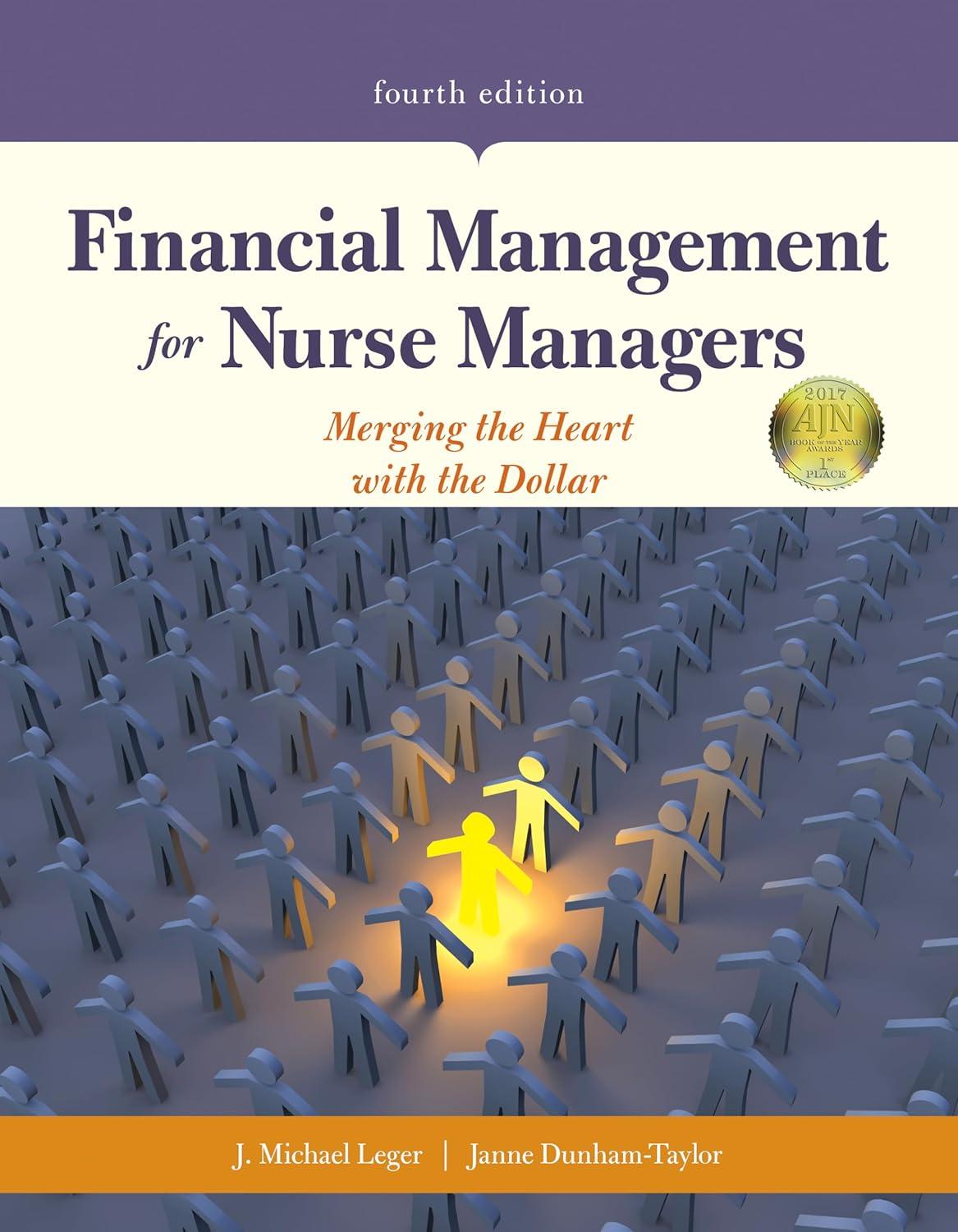Question
Up to this point we have been analyzing what the price of a stock or bond should be for an investor. In this chapter, we
Up to this point we have been analyzing what the price of a stock or bond should be for an investor. In this chapter, we flip the tables and see what the actual cost is to the issuing entity (company). As you have now seen, just because a bond has a 10% coupon and yield, the cost to the issuing or selling entity (company) is actually less than 10%. Conversely, if a preferred stock or common stock pays a 10% annual dividend (a stock with a market value of $100, that pays an annual dividend of $10) actually costs the issuing entity (company) more than 10%. Discuss why the bond, debt, is actually cheaper, and the stocks are more expensive? Discuss why we MUST use the Weighted Average Cost of Capital (WACC) and not the specific means of financing when evaluating a project? For example, if a company sells bonds with an after tax cost of 6% to fund a project, and that project has an 8% profit (return) and the WACC is 10%, why we we reject this project?
Step by Step Solution
There are 3 Steps involved in it
Step: 1

Get Instant Access to Expert-Tailored Solutions
See step-by-step solutions with expert insights and AI powered tools for academic success
Step: 2

Step: 3

Ace Your Homework with AI
Get the answers you need in no time with our AI-driven, step-by-step assistance
Get Started


